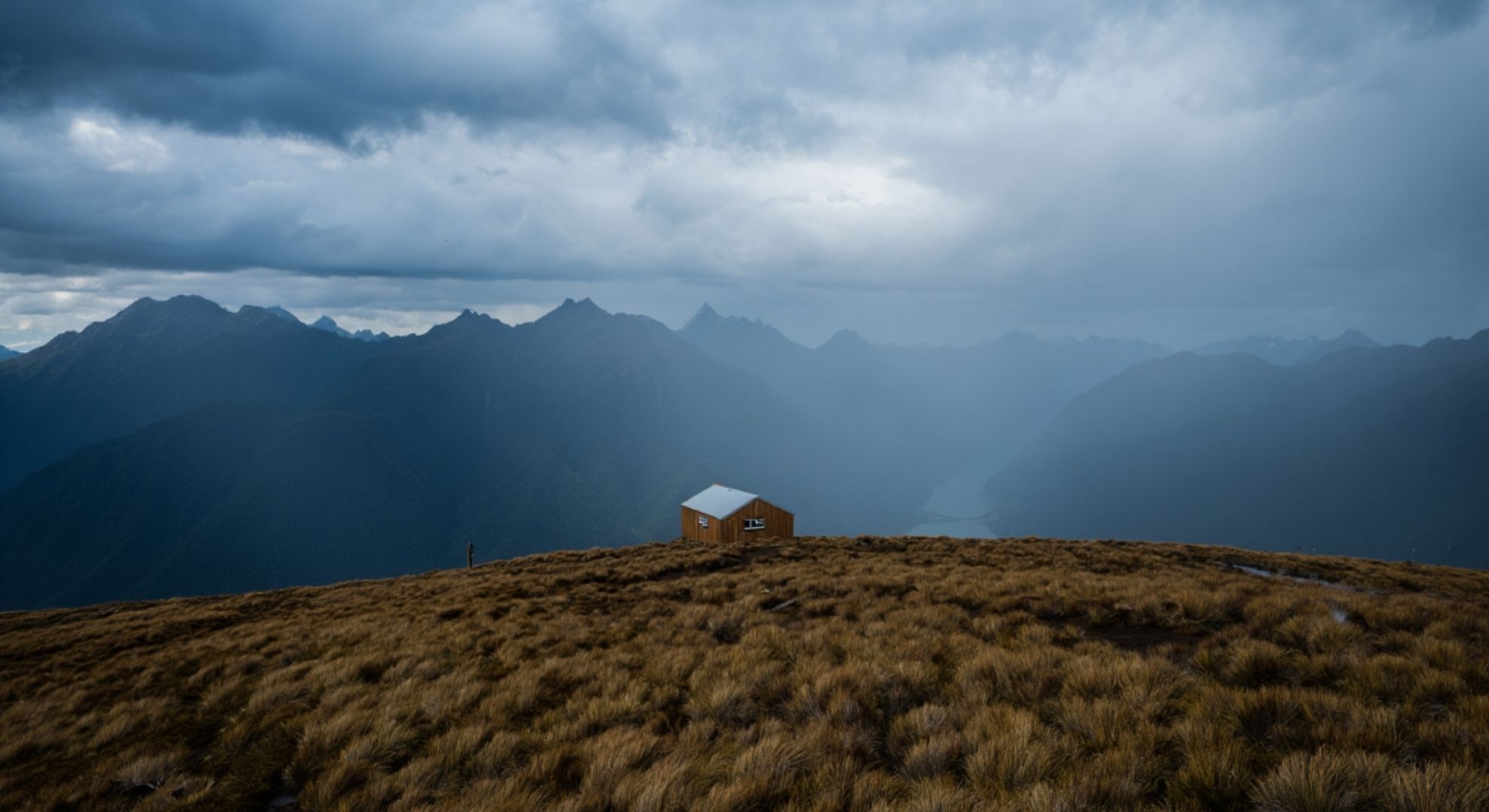Fiordland, in New Zealand’s South Island, is known for its dramatic peaks, deep fjords, and untouched wilderness. But along one remote ridge, trampers are reporting something far stranger: unexplained noises that echo through the valleys at night. The sounds have sparked curiosity, unease, and plenty of theories among those who venture into this isolated corner of Aotearoa.
Strange sounds in the silence
Hikers who camp along the ridge describe the noises as low, rumbling groans mixed with sharp, metallic clinks. They often occur in the early hours of the morning, when the bush is otherwise silent.
Some trampers say it feels like the ground itself is shifting, while others insist it resembles distant machinery — something out of place in such a pristine environment.
Theories from trampers and locals
No official explanation has been given, but theories abound. Among the most popular:
- Geological movement: Fiordland sits on the Alpine Fault, one of the most active fault lines in the world.
- Weather effects: sudden shifts in wind can carry and distort sounds across the valleys.
- Wildlife activity: some suggest seals, deer, or birds may create unexpected noises.
- Human causes: trampers whisper about hidden infrastructure or even abandoned equipment.
So far, none of these theories have been proven, leaving the mystery alive.
Comparing Fiordland mysteries
| Mystery site | Reported phenomenon | Common theories | Status |
|---|---|---|---|
| Fiordland ridge (current) | Rumbling + metallic noises | Geological, weather, wildlife | Unexplained |
| Milford Sound | Strange water surges | Tides, underwater geology | Partially explained |
| Dusky Sound | Mysterious light sightings | Reflections, fishing boats | Debated |
The table shows how Fiordland, already wild and remote, has long been a setting for unexplained natural events.
Why the ridge is unique
Unlike other parts of Fiordland, this ridge is rarely visited. Access requires multiple days of tramping, steep climbs, and river crossings. Its isolation means that when noises occur, trampers are usually alone — heightening the sense of mystery.
Those who’ve camped there say the sounds are loud enough to wake them, yet impossible to pinpoint.
Science vs mystery
Geologists point out that Fiordland is one of the most seismically active regions in the country. Rocks shifting deep underground can create sounds that travel far. Add in the unique acoustics of fjords and valleys, and unusual noises are not surprising.
But trampers remain unconvinced. Many argue the metallic quality of the sounds feels unnatural, unlike any quake or rockfall they’ve ever heard.
The emotional impact
The unexplained noises don’t just puzzle trampers — they unsettle them. In a place already defined by its remoteness, the strange sounds remind hikers of how small and vulnerable they are.
One tramper put it simply: “It’s beautiful here, but when the noises start, you feel like you’re not alone.”
Should trampers be worried?
Authorities stress there is no evidence of danger. No major geological incidents have followed the noises, and wildlife remains abundant in the area. Still, they advise trampers to prepare carefully, as Fiordland’s isolation makes any unexpected situation more serious.
The enduring allure of the unknown
Whether caused by geology, wildlife, or something else entirely, the Fiordland ridge noises add a new layer of intrigue to one of New Zealand’s wildest regions. For trampers, the sounds are both unsettling and thrilling — proof that in an age of maps and technology, mysteries still exist in the wilderness.
Until someone captures a definitive recording and explanation, the ridge will continue to draw trampers eager not just for views, but for the chance to hear the strange sounds that echo through Fiordland’s silent nights.
